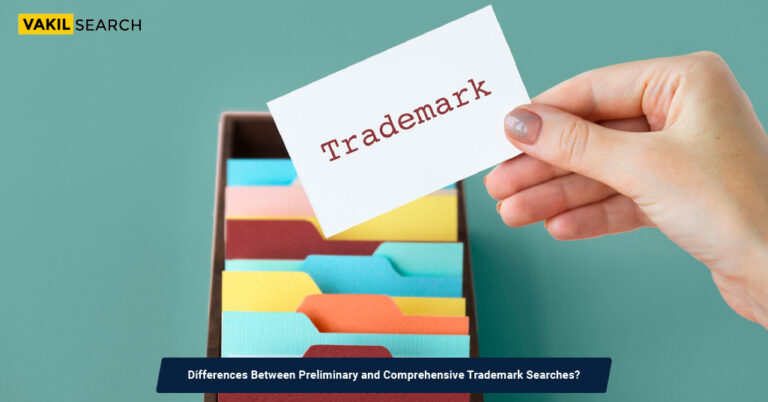You can run one free of cost on the trademark search database, which is maintained by the Comptroller General of Patent Designs and Trademarks. It’s used by thousands of consultants and agents daily and it’s open to you, too. However, there are other ways as well
A trademark is any unique expression distinguishing your product or service from all others. It could be a brand name, a logo, a slogan, a sound or even a smell. The purpose of registering your trademark is to ensure that no other business uses it. Given the rapid trademark registration has increased in business registrations over the past decade, entrepreneurs should run a free trademark search as early as possible. This will help them to ensure that their trademark name or similar ones are not used by anyone else in India. If this is not done, you may end up having to switch your brand name in due course, thereby confusing your customers.
Running a Trademark Search
Doing a free trademark search is an important step before filing a trademark application to ensure that your chosen trademark is not already registered or similar to an existing trademark.
You can run one free of cost on the trademark search database, which is maintained by the Comptroller General of Patent Designs and Trademarks. It’s used by thousands of consultants and agents daily and it’s open to you, too. The database includes not just approved trademarks, but also recent applications, those that have been objected to or opposed and even those that have now expired.
A trademark search is necessary before submitting an application to identify potential conflicts with already-filed applications and even with registered trademarks. By supplying the word mark and the class that the investigation falls under, one can conduct a trademark search.
Running the search is easy. Just head over to the relevant page of the IP India services to get started.
- Select the wordmark and pick either ‘Starts With’ or ‘Contains’, as you see fit, before typing in the word/s you want to register.
- The results will tell you whether there already is another registration in that name. If there is one, check its status. When it is either approved, applied, objected or opposed, then you must pick another name.
- When you find that your name has not been taken, do check for phonetic similarities with other registered names. To do this, you need to select the dropdown at the top of the page (ignore Vienna Code). While the phonetic search isn’t very accurate, you can say with certainty that your trademark will be approved if there aren’t any relevant matches here either.
Trademark Unavailable
If someone else has registered your brand name already, you first need to find out which class it has been registered under. If it’s not under the same class as the one you’ll be registering it in, you may still be in luck. Unless the brand is too well-known (McDonald’s or Fiat, let’s say), your application is likely to be approved.
If your chances are still low, do consider a logo composite mark. This would involve the registration of a brand name within a logo. If it is sufficiently unique from the mark it is already clashing with, it should get passed without any trouble.
Trademark Search Classes
Trademarks Search is categorized into 45 groups according to the NICE classification. They are divided into 34 listed goods and 11 other services. As each class displays a particular category of products and services, you should pick the correct class for your mark. You can proceed only after you choose the category of goods and services.
Classification of Goods
- If it’s finished goods, then the category is based on their purpose or function. If the function is not listed, the consumer may then compare it with other comparable finished items. And even if that’s not feasible, the applicant may classify on the basis of the material from which the product is manufactured or its mode of use.
- In the case of finished multi-purpose goods, it could be classified according to any of its functions. If the function is not stated, you can classify them on the basis of the material which is used in the making of the product. You can also classify them on the basis of the product’s operating mode.
- For raw materials, whether untouched / semi-worked, you shall categorize them according to the kind of material they consist of.
- If you had manufactured the product using various materials, you can then categorize it according to the predominant material.
- In principle, any good that forms part of another product is only classified in the same class as that product. Here we can not use the same type of goods for some other reason. The first point cited above applies in all other cases.
Classification of Services
- The key basis on which the services are categorized is based on the activity divisions listed. They are listed in the service class headings and in the explanatory notes thereof. And if that is not the situation, then use other resources listed in the Alphabetical List to do so.
- The classification of rental services is in the same class as the ‘services provided through rented objects’.
- Any service providing advice, information or consultation is classified into the same class.
Also, Read:










